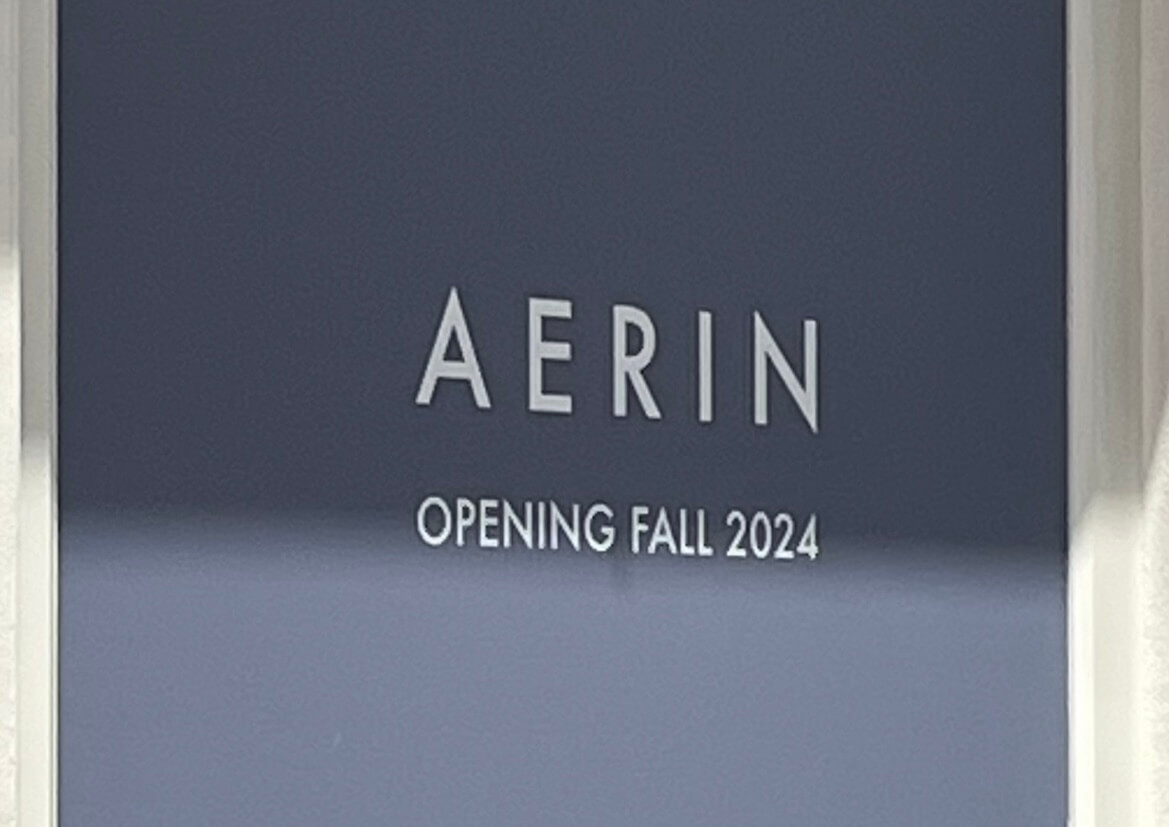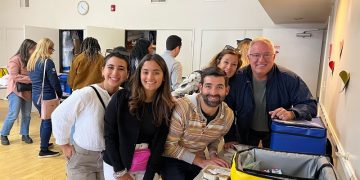
There are a host of civic benefits which need to be funded, managed and evaluated by the general public. Most people would agree that police and fire services, primary and secondary education, social security, the judiciary, etc. clearly fall in that category. In other words, since the benefits of those obligations are universally distributed, they should be universally funded. However, there is another category of civic necessities where there is less consensus that they are universally beneficial, so do they merit universal funding? In that category are health care, university education, public transit, housing for the poor, etc.
The debate is not really about whether this second category is in someway universally beneficial, but since these normally have a huge number of potential beneficiaries they are unbelievably expensive. So who should pay for them? This issue is particularly divisive when a large but shrinking fraction of the population can still afford to purchase those services on the “open” market, while an increasing fraction cannot. Since the marketplace cannot produce any of these necessary services at an affordable price, a subsidy of some form will be required and the question quickly devolves to: who will pony up the subsidy, and for whose benefit? The other impediment of trying to address these large tough problems is that any jurisdiction that tries to address them alone will quickly be overrun by runaway demand. A state that rolls out a great medical insurance program, will very soon be overwhelmed by new medically deserving, but indigent residents.
Looking just at housing, which covers a continuum from homelessness to mansions, our City has pursued a program of affordable housing subsidies that involves direct taxation of all residents (our increased sales tax), taxation of just property owners (property taxes-15 percent of which stay with the City-and property transfer taxes) and finally taxation just of builders of new housing. The builders of new housing either pay into an affordable housing fund or build the actual units which they agree to rent at a reduced cost for a fixed number of years.
While these three fluctuating funding streams are very modest in terms of the overall affordable housing demand, they are a measurable step in the right direction. The sales tax increase will produce about 20 affordable units a year when fully ramped up. Taking 2018 as a typical year of new construction, the City approved about 500 new units of which about 40 units (about 8 percent) will be deed-restricted affordable. Although approving units doesn’t benefit us until they are actually built, they are still in the “pipeline”.
However, subsidies are never free: they have real penalties. The sales tax increase slowly drives poor residents’ shopping outside of Santa Monica. The developers of apartments add to the rental rates charged for market-rate units the cost of funding, building and managing that nominal 8 percent of units that are earning less than the market rate. This effectively raises the rent for all the other units, even those not in the new buildings. If a large developer such as NMS and its subsidiaries can get $4000 a month for a one bedroom apartment, every rental owner in Santa Monica can also raise their prices to just below that level. Thus while it looks great that affordable housing is being created by demanding specific housing subsidies from new housing developers, these subsidies are actually producing a small number of rent-stable units while also producing an entirely less affordable marketplace for all the other renters in our City that is about 3/4 renters.
The reason this treadmill keeps running is that wealthier residents, capable of paying those higher rents, keep pouring into our small attractive City, while those of more modest means are displaced to poorer cities, farther into the suburbs, into overcrowding, or most painfully to homelessness. In other words, in Santa Monica we cannot build our way to affordability as the number of mobile wealthy renters far exceeds, and will likely continue to exceed, the available supply of housing in our desirable City for the foreseeable future. Add to this the painful reality that building new housing in a built-out city always displaces either existing residents and business, or both. None of these displaced can ever afford to come back and pay the higher rent in the new buildings, so this means that affordability is actually further compromised by new construction. So while Santa Monica has recently produced hundreds of units this has not increased the affordability of the City.
Since increasing production is not a path to affordability, we still arrive quickly at the question of how much should we build? In other words, in this trade off dilemma, what is our fair share of housing production? I would argue that we should build our share of the County’s population increase. In other words, this is not an argument against wealthy renters or against development (we need both) but for a balanced, measured process to realistically solve these intractable problems, but also to simultaneously stay within our means ecologically and financially, particularly since massive subsidies direct or indirect will be required from a wealthy but financially strapped city.
In the last five years, the County’s population has grown at about half a percent a year. In those terms with our population at nominally 93,000 and the County at about 10.1 million we should be building an average of enough housing for about 464 people every year. Since the average unit in Santa Monica has about 1.7 people, that translates to about 273 units per year. By this metric, we are already producing about twice our share, which you have all seen, for example, in the creation of Lincoln Canyon just north of the Freeway.
Likewise, If we look at homelessness which increased about 12 percent in Los Angeles County according to the latest report (https://www.lahsa.org/documents?id=3423-2019-greater-los-angeles-homeless-count-los-angeles-county.pdf), our fair share of the nominal 60,000 countywide homeless residents would be about 550 residents which will need full subsidies and social support services. In reality, we have about 1000 homeless residents and about 440 beds in various forms of housing available for them. So obviously supply exceeds demand, but while much more commitment is required, we are not so far off (80 percent) in providing our fair share of such support services.
The failure to set reasonable limits to our civic obligations and associated subsidies means the City will always be behind and “failing” to meet its civic goals. So a consensus concept of a fair share of those obligations is essential to a successful city.
Looking at our City’s fair share as a countywide obligation only makes sense if the other 88 cities are doing their fair share. Unfortunately, most are not. But this does not mean we should endure more than our fair share of development pain including destabilized neighborhoods, business evictions, draining of our shrinking aquifer, runaway inflation, total traffic gridlock, and its attendant noise and pollution, etc. So we applaud the Governor’s effort to get other cities to step up their participation in solving these statewide problems while condemning harebrained State-imposed schemes such as SB50 or SB330 that require us to give up local control to the mirage of infinite development. We are already doing more than our fair share of housing and nearly our fair share of homeless support, so let others do their share.
By Mario Fonda-Bonardi AIA
For Santa Monica Architects for a Responsible Tomorrow
Sam Tolkin, Architect; Dan Jansenson Building and Safety Commissioner, Architect; Mario Fonda-Bonardi, AIA, Planning Commissioner; Ron Goldman, FAIA; Thane Roberts,Architect; Bob. Taylor, AIA; Phil Brock, Arts Commissioner.













